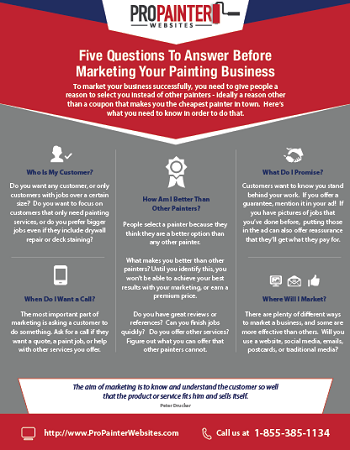Learn About The Methods Which Seasonal Aspects Can Influence The Success Of Industrial External Painting And Identify The Very Best Times To Accomplish Long-Term Results For Your Job
Learn About The Methods Which Seasonal Aspects Can Influence The Success Of Industrial External Painting And Identify The Very Best Times To Accomplish Long-Term Results For Your Job
Blog Article
Content Composed By-Korsholm Bagger
When you're preparing a business outside painting job, seasonal variables can make or damage your outcomes. interior painting oklahoma 'll want to think about how temperature and humidity influence paint application and drying out times. Choosing the appropriate period can guarantee your paint adheres effectively and lasts longer. But which best exterior painters near me are really the very best for this type of work? Let's explore the key elements that can affect your job's success.
The Influence of Temperature on Paint Application
When you're planning a business external painting task, the temperature level can dramatically affect how well the paint adheres and dries.
Preferably, you intend to paint when temperatures vary between 50 ° F and 85 ° F. If it's also cool, the paint may not treat appropriately, bring about problems like peeling off or breaking.
On the flip side, if it's also hot, the paint can dry also promptly, preventing proper attachment and leading to an irregular surface.
You must likewise take into consideration the time of day; early morning or late afternoon supplies cooler temperature levels, which can be more beneficial.
Always examine the maker's referrals for the particular paint you're utilizing, as they commonly offer advice on the perfect temperature array for ideal outcomes.
Humidity and Its Result on Drying Times
Temperature isn't the only ecological factor that influences your industrial external painting job; humidity plays a considerable role too. High moisture levels can decrease drying out times dramatically, influencing the general quality of your paint work.
When the air is saturated with wetness, the paint takes longer to cure, which can bring about issues like inadequate bond and a higher danger of mold development. If you're painting on a specifically damp day, be gotten ready for extensive wait times in between coats.
It's crucial to keep track of regional weather and strategy accordingly. Ideally, aim for moisture levels in between 40% and 70% for optimum drying.
Keeping these consider mind guarantees your task stays on track and provides a long lasting coating.
Best Seasons for Commercial Outside Painting Projects
What's the very best season for your industrial exterior paint projects?
Spring and very early autumn are commonly your best choices. Throughout these seasons, temperatures are moderate, and humidity levels are usually lower, creating perfect problems for paint application and drying out.
Prevent summer's intense heat, which can cause paint to completely dry too rapidly, leading to poor bond and surface. Similarly, winter season's chilly temperature levels can prevent correct drying out and curing, taking the chance of the long life of your paint job.
Go for days with temperatures between 50 ° F and 85 ° F for optimum results. Remember to inspect the neighborhood weather forecast for rain, as damp conditions can spoil your job.
Planning around these factors guarantees your painting job runs smoothly and lasts much longer.
Conclusion
In conclusion, preparing your industrial outside painting projects around seasonal factors to consider can make a significant difference in the end result. By scheduling job during the optimal temperatures and humidity degrees, you'll guarantee far better attachment and drying times. Bear in mind to watch on regional weather report and pick the correct time of year-- spring and early loss are your best bets. Taking these actions will help you attain a durable and specialist finish that lasts.
